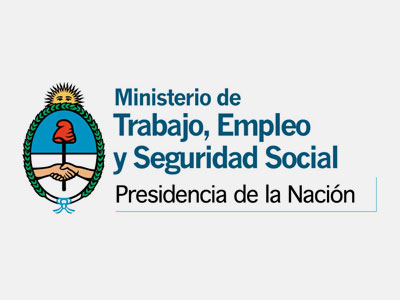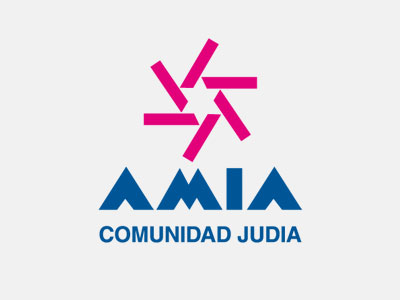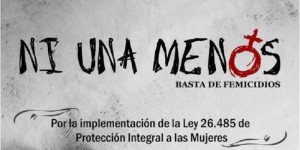Our Actions
Know our causes.
Training of Promoters and Preventative Promoters for Gender Violence with emphasis on Dating and Adolescents who are in Situations of Social Vulnerability (2015)
In October 2015, we began implementing the project, “Training of Promoters and Preventative Promoters forGender Violence with emphasis on Dating and Adolescents who are in Situations of Social Vulnerability.”
In management associated with the Strengthening Management of the Civil Society of the Ministry of Social Development of Government of the Autonomous City of Buenos Aires, this project aims to: develop a preventative approach with men and women who function as promoters/neighborhood references in situations of gender violence in populations in poverty and social vulnerability in the neighborhoods of Mataderos, Constitución, Barracas, Flores, Villa 21.24, San Telmo, and Parque Avellaneda.
Considering that the context surrounding children in our country, especially young people in poverty, is marked by violence and that violence is clearly recognized as one of the most serious threats for the health and integral development of children, we believe in the creation of this project in a preventative nature.
This phenomenon of VIOLENCE, not only has a local scope, but is a characteristic of Latin America and The Caribbean, where violence represents one of the leading causes of death in the population between 10 and 19 years old (29% of homicides in the continent are adolescent victims).
Adolescent violence is not limited to physical trauma or sexual assault, but also includes emotional and verbal abuse, threats, and other type of psychological abuse. (Pan American Health Organization, 2002)
Although the problem of adolescent violence occurs in males and females, the indices indicate that the majority of victims are women. “Almost all aggressors are of the innermost circle. Many of these victims are girls and boys, abused by their parents or adults who frequent them. And, another large part are girls and female adolescents abused by their partners. The specialists say that violent dating has increasingly young roles, and the incidents they lead are increasingly violent.” (Mariana Iglesias, There are more and more young victims and more serious acts, Diario Clarín, 01/03/2013)
Some data: 20% of cases of violence occur between 19 and 25 year olds, and 50% of violent couples had violent courtships.
Gender-based violence also occupies a prominent role in youth violence and adolescent development as it responds to a series of practices that develop in the field of interpersonal relations and can be manifested through physical, psychological, economic, patrimonial, and symbolic violence. Especially in sectors where the machismo culture is accepted as part of the social norm of the use of violence to resolve conflicts.
It is so that the development of the male and female is culturally rooted in the roles of each one and the way to become a man implies the exercise of physical and verbal violence, and the resolution of conflicts is given through fights and the exercise of power and control of women.
The challenge is, in this context, how to accompany adolescents to become more aware of their choices in their affective and sexual relationships, working in a true process of cultural transformation in terms of masculinity and femininity, looking for new paths for the healthy development of sexuality and resolutions to the iniquities of gender.
Awareness and education are essential to ensure changes in adolescent relationships. It is important to un-learn and deconstruct ideas and prejudices that support this type of relationship. It is necessary to “problematize” the problem of gender-based violence and sexuality, and for community leaders, families, and educators, along with adolescents, to raise a deep reflection about what are the moral values and patterns of behavior that we are practicing and teaching.
The projects seek to consider the socio-cultural patterns influencing the development of gender-based violence between couples and adolescents from three axes of intervention:
- Awareness (of the community in general and adolescents in particular)
- Education (workshops for adolescents, family, and social references)
- Guidance and Articulation
Training and training activities were initially worked out for people interested in detecting these behaviors in areas of community intervention. The formation of the promoters focused on issues related to:
- Sexuality and Adolescence
- Violent Courtships
- Gender-Based Violence
- Participatory Planning Strategies
The second moment was the implementation of 10 workshops in neighborhoods with adolescents, families, and social references through the methodology of Popular Education by addressing the contents taught in the training with the promoters.
Finally, guidance material for adolescents was developed, where they also had information about organizations and services existing in the area of the City of Buenos Aires where they could receive assistance and containment.
More Information: rzanfardini@ges.org.ar









